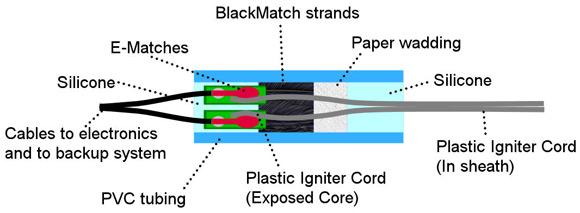Original URL: https://www.theregister.com/2012/08/01/rehab_result/
LOHAN breathes fire in REHAB
Hypobaric rocket motor test an explosive success – finally
Posted in Science, 1st August 2012 08:32 GMT
Vid We're delighted – and somewhat relieved – to announce that last weekend we finally persuaded a solid rocket motor to fire at a simulated altitude of 76,500ft (23,300m).
 Followers of our Low Orbit Helium Assisted Navigator (LOHAN) mission will need no introduction to the ongoing saga of the Rocketry Experimental High Altitude Barosimulator (REHAB) tests, but if you're not up to speed you can get some background info here.
Followers of our Low Orbit Helium Assisted Navigator (LOHAN) mission will need no introduction to the ongoing saga of the Rocketry Experimental High Altitude Barosimulator (REHAB) tests, but if you're not up to speed you can get some background info here.
Our first foray into REHAB ended in disappointment last month, as both the AeroTech and Cesaroni motors selected for the tests failed to burn with their respective supplied igniters.
Evidently, more heat was required to kick-start the motor reloads, and as Reg commenters proposed the use of thermite, and plenty of it, reader Rob Eastwood got in touch to say he reckoned he'd cracked the problem.
Rob is Head Firer for Flashpoint Fireworks, and has rocketry experience, which led him to propose this solution:
No sooner conceptualised than constructed, and here's the finished product:
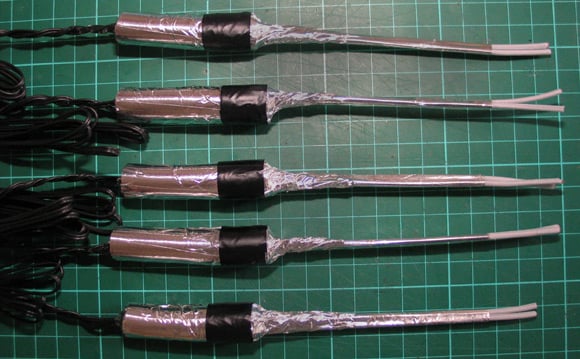
Naturally, we wanted to see just how much fire these things breathe, so with the REHAB rig assembled for action once again, we gave one a quick preliminary blast. This video still shows the Plastic Igniter Cord (PIC) burning after the E-Matches have popped out of the back end of the igniter, as they're designed to do:
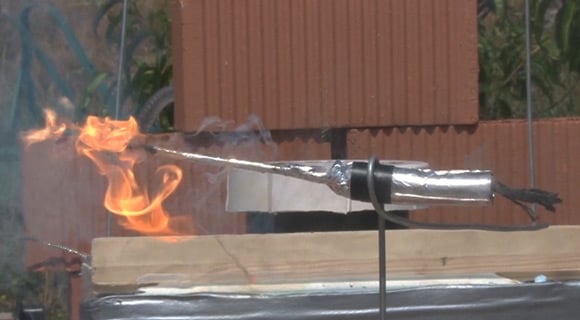
Suitably encouraged, we unboxed our first test unit – the AeroTech RC 32/60-100NS – seen below (clockwise from left) with its G-class reload, motor case, sealing ring, end cap and nozzle:
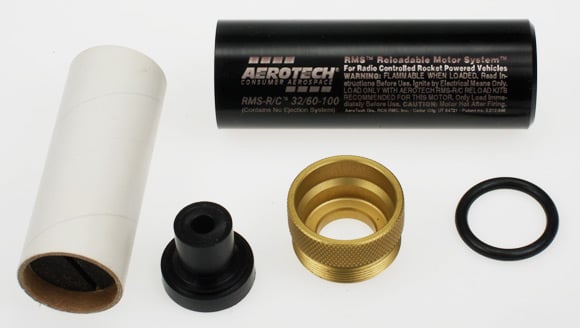
Skilled REHAB operatives Federico Buenadicha (left) and Rui Luz were on hand to wire the motor to the igniter...
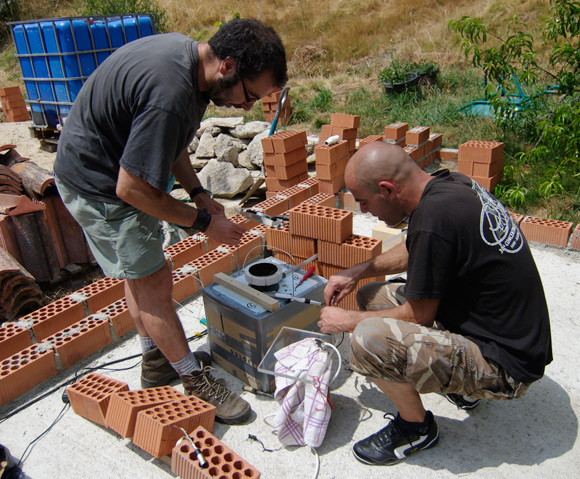
...and place the whole assembly in the REHAB chamber:
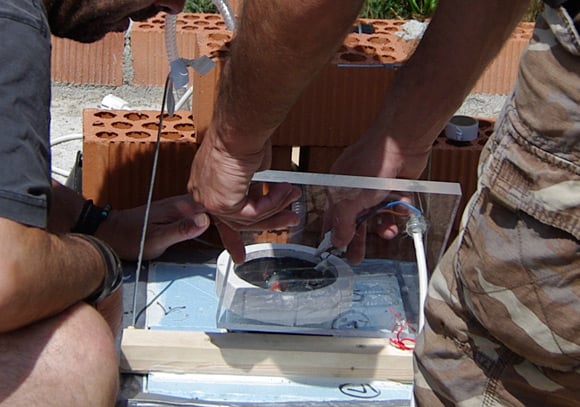
It would be highly agreeable to say at this point that the AeroTech fired first time, and we all went down the pub for a few celebratory ales. What actually happened was the igniter worked a treat, but the reload refused to burn:
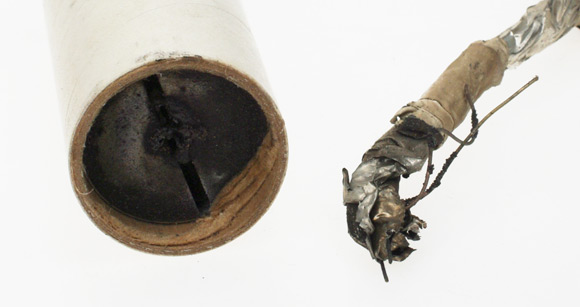
Cue a second reload, which fizzled miserably for a few seconds, then decided it'd had enough. Readers are invited to ponder just why the motor actually ignited, then burned itself out:
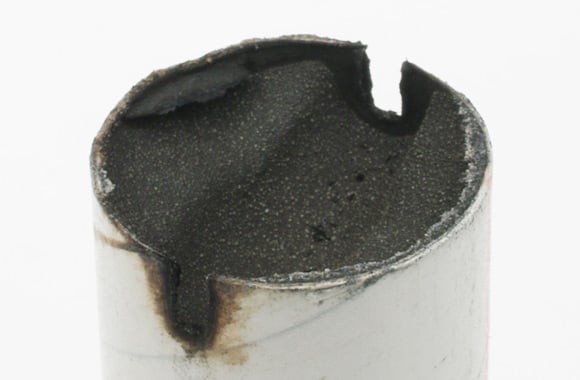
Somewhat downhearted, we whipped out our second motor, a Cesaroni P29-1G casing, with a 57F59-12A "White Thunder" reload. Obviously, we weren't using the supplied igniter seen here:
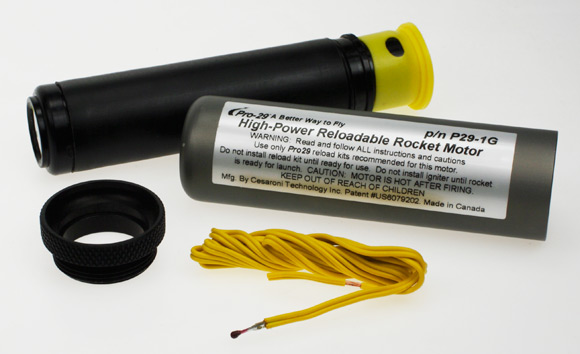
After yet another countdown, and with little expectation of seeing LOHAN belch smoke and flame, I pressed the button on our 12V igniter box, the fuse popped and...
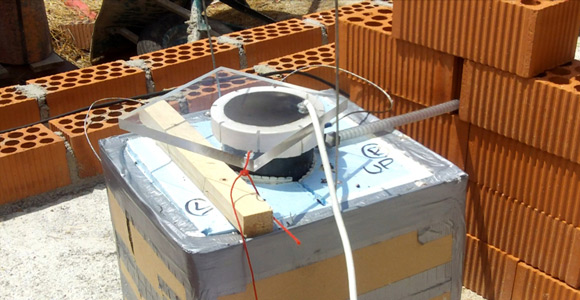
...nothing for several seconds, until we were suddenly obliged to take cover with a certain amount of alacrity...
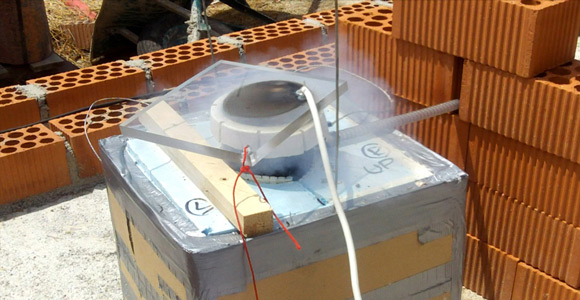
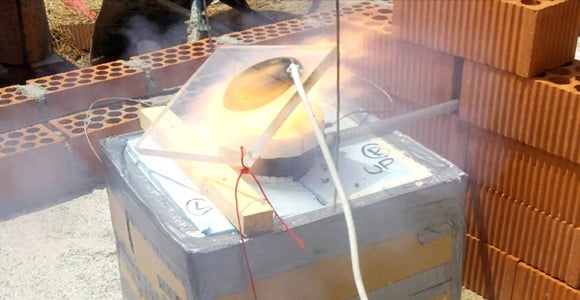
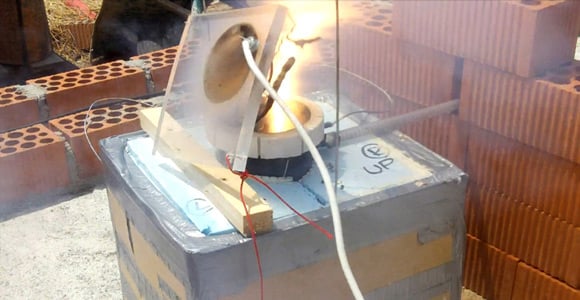
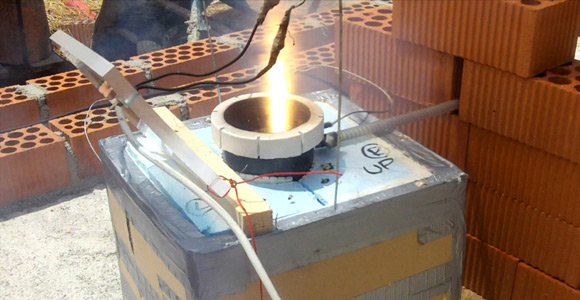
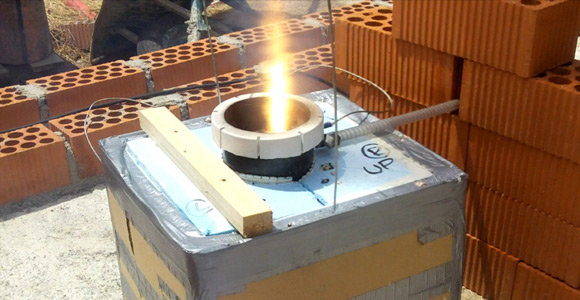
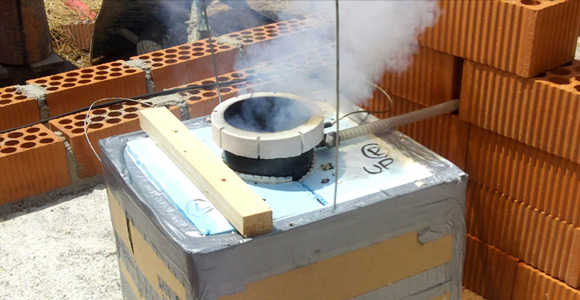
We're not sure what scared the neighbours more: the brief mighty roar of the motor or Rui's subsequent triumphant whooping, which you can enjoy in this quick vid of the test. Note that the 57F59-12A reload has a 0.96-second burn time, and an unadjusted 12-second delay on the ejection charge, so it performed as expected:
So, we now have to get some dry ice sent over to test the Cesaroni motor at low temperature. This will determine if we need some sort of heating to keep things toasty during the Vulture 2's ascent to the stratosphere.
That would be a hassle, rather than a major problem. Suffice it to say, we've now demonstrated that a solid rocket motor will fire at altitude, given enough poke.
With that fundamental question answered, we're in very good shape to move forward with our audacious spaceplane mission. We'll announce just which motor will actually be driving our spaceplane in due course...®
Further LOHAN resources:
- New to LOHAN? Try this mission summary for enlightenment.
- You can find full LOHAN coverage right here.
- Join the expert LOHAN debate down at Reg forums.
- All the LOHAN and Paper Aircraft Released Into Space (PARIS) vids live on YouTube.
- For our SPB photo archive, proceed directly to Flickr.
- We sometimes indulge in light consensual tweeting, as you can see here.
